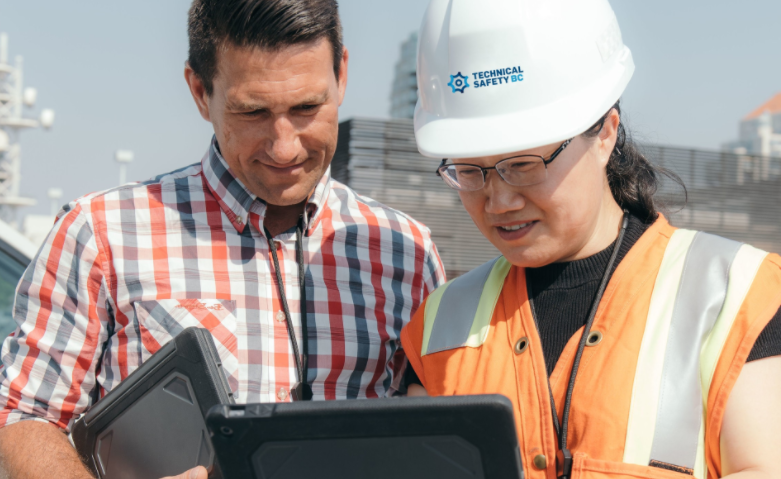Technical Safety BC wears many hats.
The provincial regulator, formerly known as the BC Safety Authority, is responsible for keeping an eye on the companies that use, install and maintain the thousands of pieces of complex technical equipment that are used in B.C.
They include electrical and gas equipment, boilers, pressure vessels and refrigeration, elevating devices, ski lifts and passenger gondolas, Skytrains (light rapid transit), railways operating within B.C. and amusement devices.
To analyze and evaluate the hazards connected with the equipment and the associated risks to public safety, Technical Safety BC uses a system that utilizes both data and human expert knowledge, said Soyean Kim, a research and analytics leader with the regulator.
The system is called RAP, short for Resource Allocation Program.
“In our model, the task of ensuring safety shifts from assuming every asset correlates to an equal potential for hazard, to prioritizing assets that, for one reason or another, pose a higher risk requiring more attention from safety officers,” said Kim.
Certain types of work have mandatory inspections. They include electrical work, gas work done under homeowner permits and the installation of new passenger ski lifts, gondolas and elevators.
“There is also work where we can use past experience and data to help us come to a conclusion about the relative risk of the site,” said Kim. “For example, has this contractor ever been responsible for leaving a hazard before? Has an incident ever taken place? We’ve recently been making this information available to our clients, so they can view and compare the performance of the safety professionals they hire.”
Kim said the key benefit of the RAP is that it helps prioritize Technical Safety BC’s resources so its safety officers can work more efficiently.
Technical Safety BC has recently added some enhancements to the RAP.
The latest version uses data analytics and machine learning that will enable the system to predict technical safety risks more accurately.
“RAP uses artificial intelligence (AI) to generate safety-related, predictive insights from historical records of safety inspection data in real time,” said Kim.
Although the technology is still new to Technical Safety BC, an early comparison test of the new model shows an 85 per cent improvement in predicting high risk sites for electrical work.
“As safety officers visit the sites, after RAP has directed them to what to inspect, through an app on their iPad, they are now able to report if the system was correct or not in its predictions,” said Kim.
As the RAP receives more and more feedback from the field, machine-learning enables it to adapt and improve its data results continually.
In the future, Technical Safety BC will look at how it can use the RAP’s data to get an even better understanding of the technical risks it is responsible for inspecting.
“For example, does a compliance action have an impact on future behaviour?” said Kim. “How about the impact on the behaviour of others?”
In the future, the data in the RAP will be able to tell safety officers where and when to pursue non-permitted work, how to find the greatest hazards “and much more,” said Kim.
For this latest iteration of RAP, Technical Safety BC worked with Generation R, a University of B.C. consultancy that specializes in clarifying the complex and sometimes head-scratching questions that arise when man or woman meets machine.
“We engaged Generation R to help us identify, anticipate and mitigate any potential sources of conflict,” said Kim.
Generation R interviewed all the stakeholder groups that would be affected by the technology, looking at issues of transparency, trust, public perception and the role of Technical Safety BC’s safety officers.
“Because Technical Safety BC is a provincial regulator that is financed by fees for service, it needs social licence in order to operate effectively,” said president Catherine Roome.
One of the goals of Generation R’s research was to find out how the AI-powered software would affect a safety officer’s job in the future, including their sense of independence as a result of the technology.
“It is much harder to prevent any negative effects of AI and data-driven systems once they are deployed in an organization,” said AJung Moon, CEO and co-founder of Generation R. “It is easier to prevent any undesirable impacts of a predictive model in the early stages.”





Recent Comments
comments for this post are closed